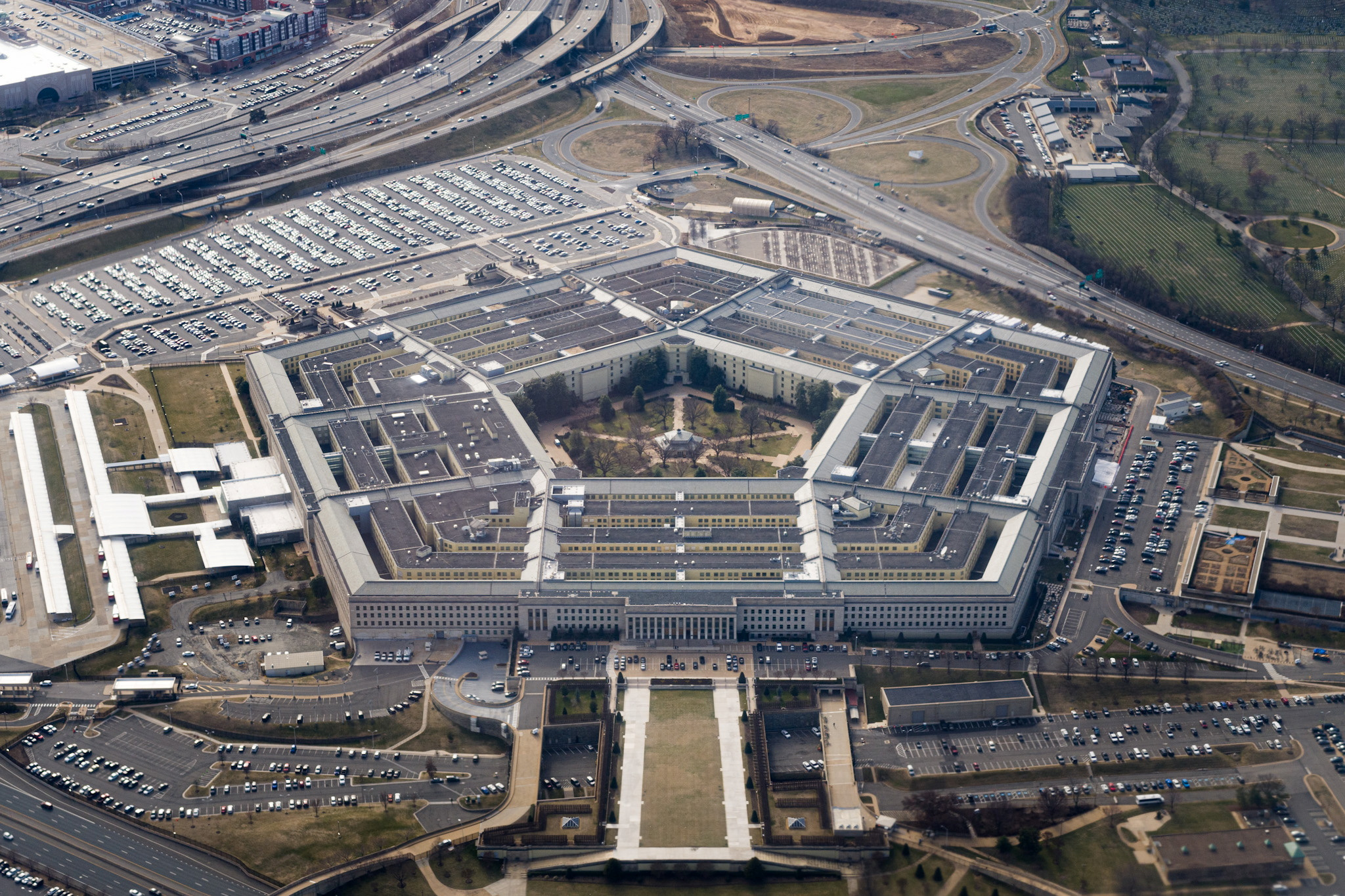
Ian Patrick, FISM News
[elfsight_social_share_buttons id=”1″]
The Department of Defense released a framework on Thursday detailing multiple changes and adjustments to minimize civilian casualties in American operations.
Titled the “Civilian Harm Mitigation and Response Action Plan” (CHMR-AP), the plan is a response to reports in 2021 on civilian casualties in Afghanistan and Syria.
The former was a drone strike in Kabul that took 10 civilian lives, while the latter was a report on a 2019 airstrike in Syria that took up to 80 lives.
The plan, according to a memorandum from Defense Secretary Lloyd Austin, is “ambitious and necessary” to ensure the safety of civilian life. He says it “identifies how DoD will systematically improve our approach to civilian harm mitigation and response.”
The plan consists of eleven different parts and “creates an institutional architecture and supporting processes to optimize the efficacy of military operations and preserve decision space for commanders while mitigating civilian harm.”
Critics, including Alex Ward, national security reporter for Politico, say the plan is vague and lacks concrete punishment for violation.
https://twitter.com/alexbward/status/1562892967941009409
The eleven objectives of the plan include establishing a CHMR Steering Committee to coordinate the plan’s implementation and a Civilian Protection Center of Excellence (CP CoE) to help DoD with mitigation efforts; further understanding civilian environments and how to best navigate them; reducing risks of target misidentification; developing a reporting and data management process; reviewing current rules and regulations on civilian harm mitigation; and establishing roles for various “officers” and allies” to aid in civilian harm reduction.
Each of these plans is split into phases, with actions lasting until fiscal year 2025.
Brig. Gen. Patrick Ryder told reporters more about the goals of the plan, saying it essentially will establish positions for people “trained to have an understanding of civilian harm, the aspects of civilian harm mitigation, and operational planning,” according to a report by The Hill.
The plan was approved by Austin, who had ordered the DoD to develop such a plan in January of this year. DoD says it will not wait for the implementation of this plan to begin taking “steps to improve how we mitigate and review civilian harm.”
